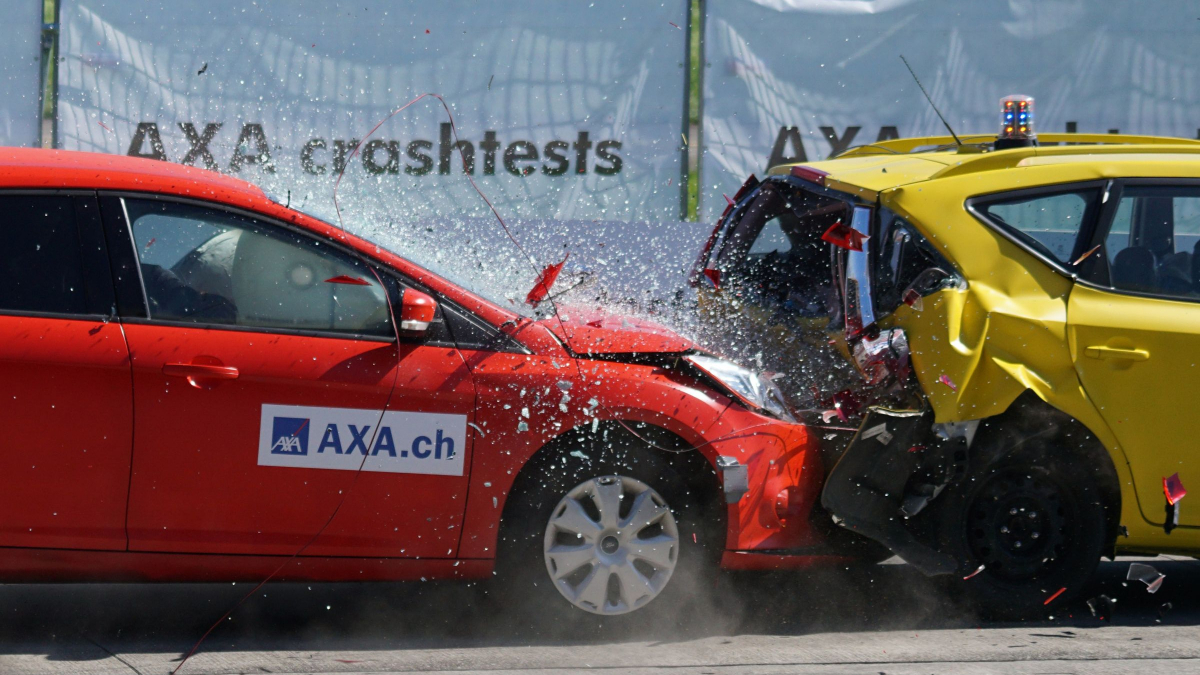Being involved in an automobile accident can be a horrifying experience, especially for first-time victims. Often, they’re terrified and possibly suffering from injuries sustained in the collision.
Under these circumstances, it can be quite confusing to know your next move following an automobile accident. Here are some helpful reminders to keep in mind if you’re involved in a collision with another vehicle.
At the Scene of an Accident
The scene of an automobile accident can be quite chaotic and overwhelming for all parties. First, do not move your car from the position on the road that it was struck by another vehicle. Then, call 911 for assistance.
It’s important that no one involved in the accident leave the scene before speaking with local authorities as this action is a criminal offense. The police will file an accident report that includes your statement on the events that took place prior to the accident. It’s important to get your thoughts down on paper as you cannot have gaps between the accident report and your insurance claim.
If anyone inside your car is injured, do not attempt to move them, especially if they’re experiencing neck/back pain or have fallen unconscious. The only cause to move an injured party would be if an immediate threat is heading in your direction. It’s better to wait for the first responders to arrive, so they can assess the victim’s injuries.
What Personal Information Should be Exchanged?
First, never offer details of your own car insurance policy, such as the dollar limit amounts for collision and liability coverage. Also, never admit fault to the accident to anyone other than a representative from your insurance provider.
It’s important to gather the following information:
The name, address, phone number and email address of all drivers, passengers and witnesses involved in the accident. Write down the address or location of the crash. Ask for the name of each driver’s insurance company, their policy number and provider’s office phone number. If the police arrived at the scene, then be sure to document the accident report number, the officer’s name and badge number as well.
Take Pictures of The Accident Site
Visual evidence of the accident will be helpful to validate your insurance claim and receive some form of compensation for the damages sustained to your car. This can be accomplished by using your cell phone to take pictures of the condition of each vehicle involved in the collision. These pictures become hard evidence that provide a distinct contrast to the opposing side’s claims and depict a true account of the actual car damage done in the accident.
Document The Extent of Injuries and Medical Expenses
Documenting the extent of your injuries and medical expenses can be a relatively easy process. Keep copies of all medical reports that state the severity of the injuries sustained from the collision. Each document will have the physician’s name and the date of their entry into your medical files.
Plus, maintain a written diary on the state of your injuries and how they impact your daily life. Keep account of missed time away from work and a list of common physical activities that can no longer be done on your own. If you’re seeking compensation for your medical expenses, then retain copies of all medical bills, which should include follow-up examinations, rehabilitation sessions and pain relief prescriptions. This information will characterize your pain and suffering in a possible personal injury lawsuit.


